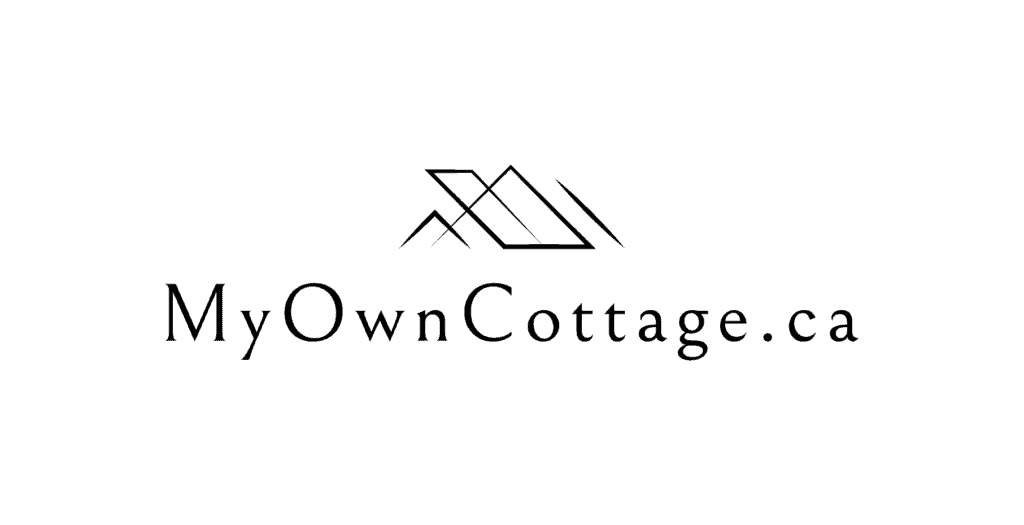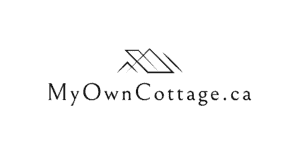Prefab cottages in Ontario require road access with at least 14–16 feet of vertical clearance, 10–12 feet of road width, grades under 15%, and stable surfaces to accommodate oversized delivery trucks and crane equipment.
Without meeting these standards, delivery may be delayed or require costly access modifications.
Imagine buying a modern prefab cottage in Ontario—only to discover the delivery truck can’t reach your site.
That’s more common than you think.
Prefab cottage modules in Ontario are transported on oversized flatbeds, often accompanied by cranes for final placement.
If you’re eyeing a lakeside lot in Haliburton, Muskoka, or the Kawarthas, road access isn’t just a logistics detail—it’s a make-or-break factor for delivery.

